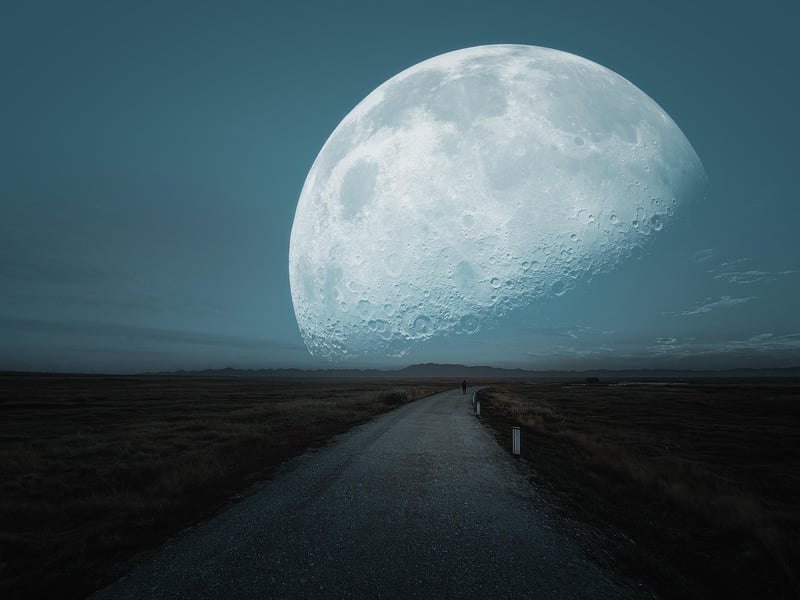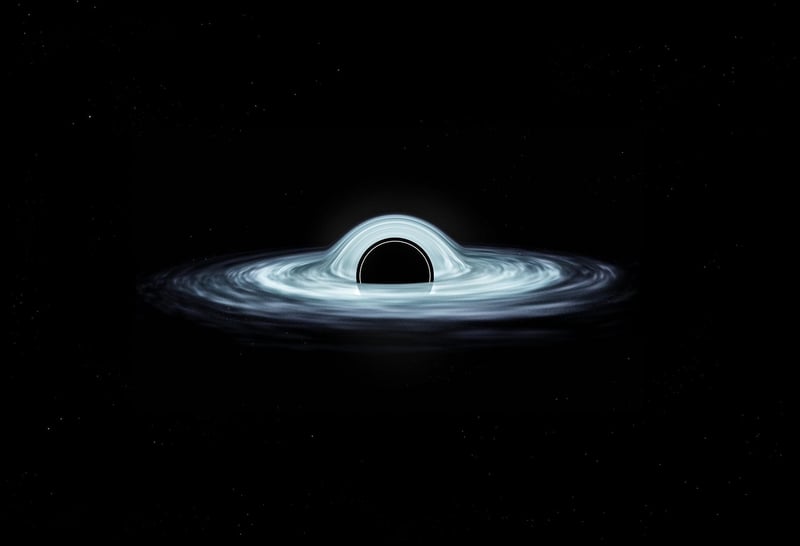Fiction vs Reality
Exploring Time-Travel Mechanisms: Fiction vs. Reality
The Concept of Time Travel
Time travel has long been a fascinating subject in both science fiction and scientific research. While the idea of traveling through time captures the imagination of many, the reality of such a phenomenon remains a topic of speculation and debate.
Fictional Time-Travel Mechanisms
In popular culture, time travel is often portrayed using various imaginative mechanisms:
- Time Machines: Devices like the iconic DeLorean in "Back to the Future" or the TARDIS in "Doctor Who" allow characters to traverse through different time periods at will.
- Wormholes: Wormholes, as seen in movies like "Interstellar," are theoretical passages through spacetime that could connect distant points in time.
- Cosmic Strings: Theoretical cosmic strings, like those in "Avengers: Endgame," could theoretically be used to manipulate time.
Realistic Time-Travel Concepts
While the fictional portrayals of time travel are entertaining, real-life scientific theories on time-travel are more grounded:
- Time Dilation: According to Einstein's theory of relativity, time dilation occurs when an object moves at speeds approaching the speed of light, causing time to slow down relative to a stationary observer.
- Black Holes: Some theories suggest that black holes could potentially create a pathway for time travel, although the practicality and safety of such a journey remain highly speculative.
- Quantum Mechanics: Quantum entanglement and principles of quantum mechanics have led to hypotheses about the potential for quantum time travel, where particles interact across time.
Conclusion
While the concept of time travel continues to captivate the human imagination, separating fiction from reality is crucial. While fictional depictions offer creative escapism, scientific theories provide a glimpse into the complexities and possibilities of time manipulation.
For those intrigued by the idea of time travel, exploring the intersection of fiction and reality can be a thought-provoking journey into the unknown.


References: Space.com, Scientific American
